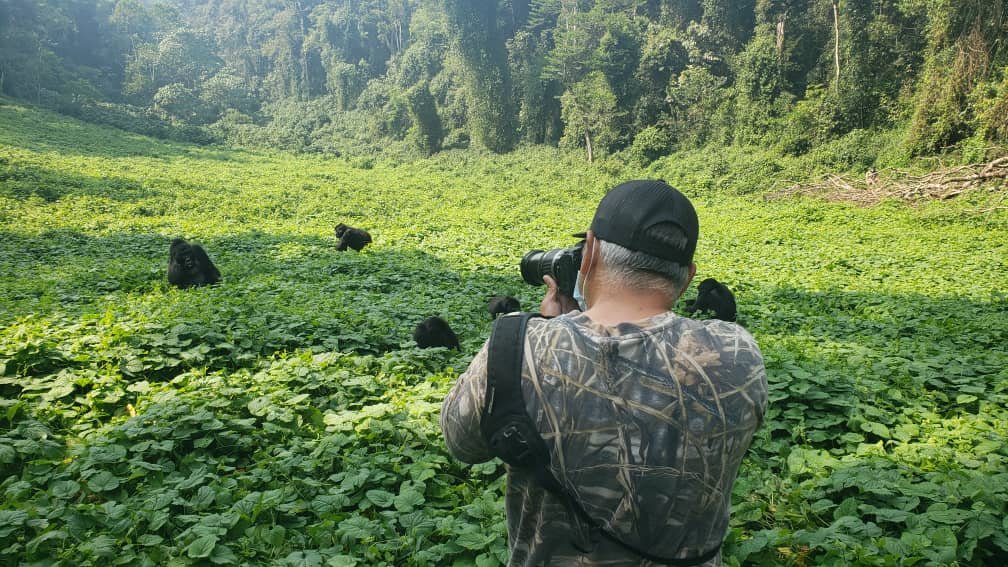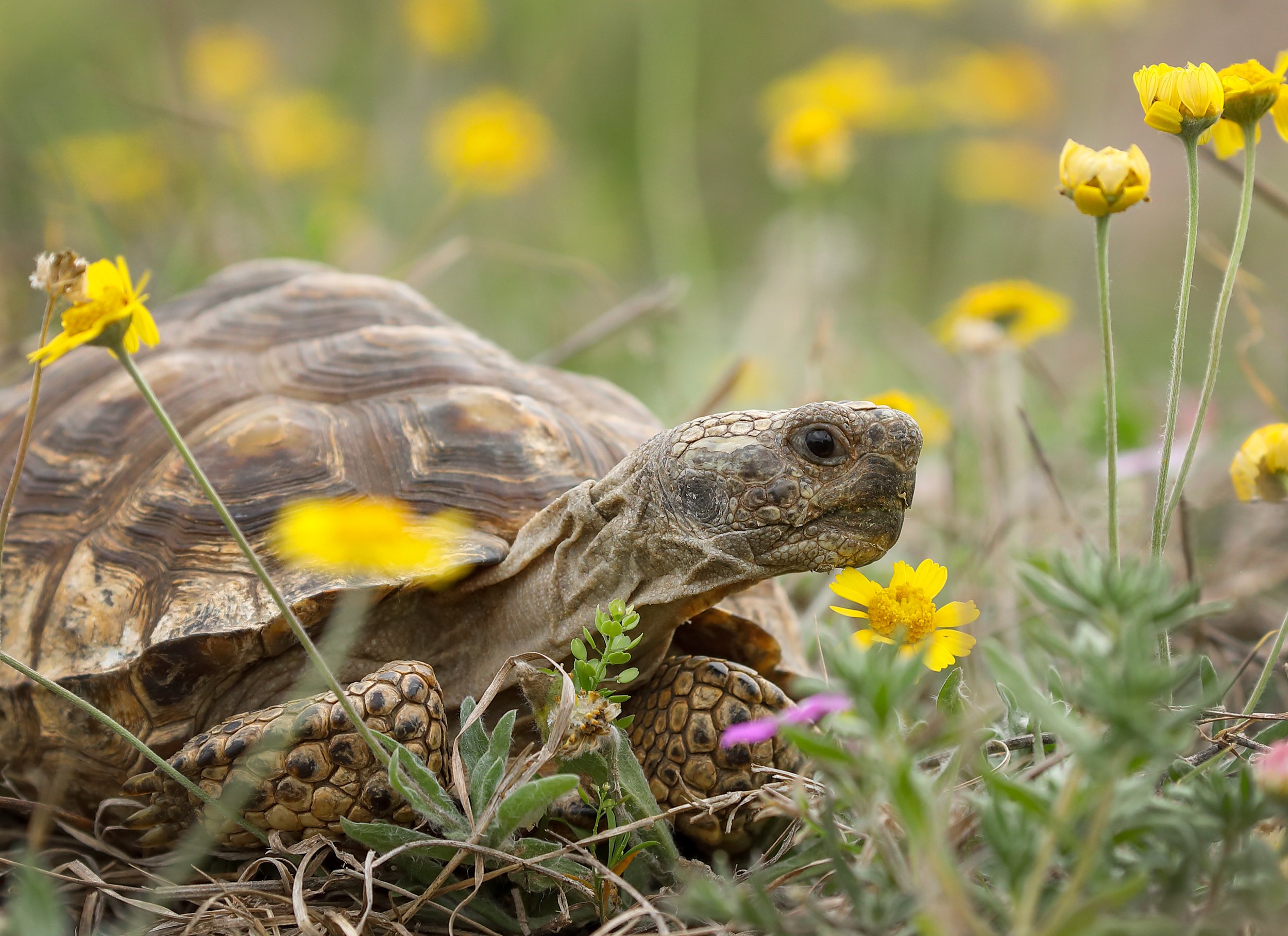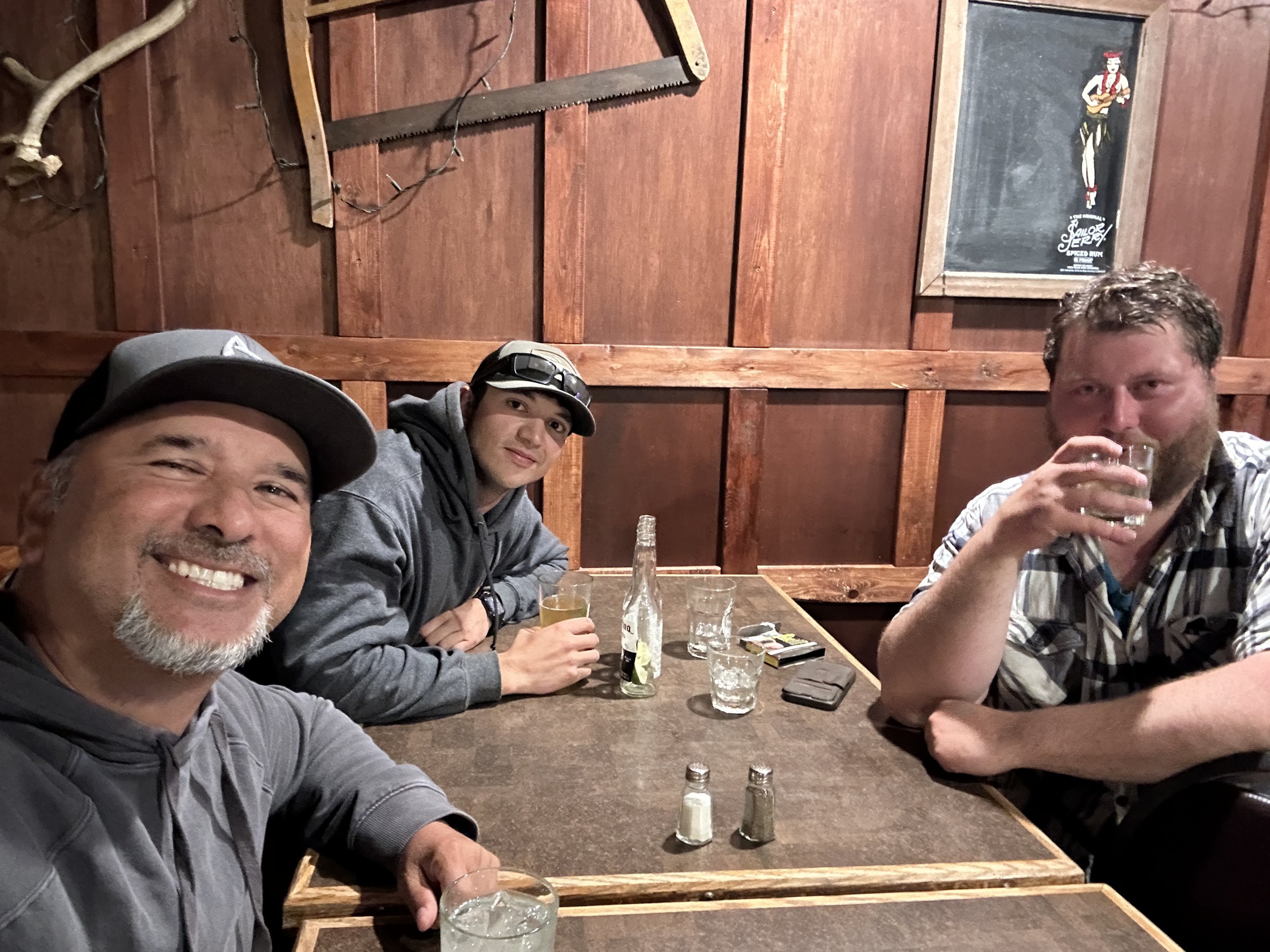Over the past decade, social media has transformed the way we connect with wildlife.
Stunning photos and videos of humpback whales breaching, polar bears roaming the tundra, or tigers stalking through the forest inspire millions to explore these wild places.
This surge in interest has fueled a massive growth in ecotourism, bringing much-needed attention and funding to local communities and conservation efforts.
But as more people flock to wildlife hotspots, it raises an important question:
Can we love an animal to death?
Grey Whale watching off Magdalena Bay, Mexico.
There’s no denying the power of witnessing wildlife up close.
These experiences foster deep connections and inspire a sense of responsibility for protecting our planet’s most vulnerable species.
Ecotourism provides vital economic support for local communities, often funding anti-poaching initiatives, habitat restoration, and education programs.
In my opinion, ecotourism is the key to the survival of many species.
The sad reality is that governments often don’t care about wildlife unless there’s money involved. They collect revenue either from ecotourism operators or from industries like fishing or hunting—and they don’t care which one it is… as long as the money flows their way.
This means that when wildlife has economic value tied to tourism, it’s more likely to be protected.
Ecotourism not only funds conservation efforts but also creates incentives for governments and communities to prioritize wildlife over exploitation.
Yet, there’s a darker side.
Increased human presence can disrupt natural behaviors. Animals may become stressed, altering their feeding, migration, or mating patterns. Some even become habituated to humans, which can put them at risk of harm or conflict.
The truth is, most animals don’t want us there.
Whether it’s a whale avoid boats, a fox fleeing at the sight of humans, or a bird scared off its nest, these are clear signs that our presence isn’t always welcome.
And I’m the first to admit—I’ve been guilty of this. I’ve wanted to see an animal and capture their beauty through a lens, even when they’ve shown signs of wanting to be left alone.
What I’ve learned over time, however, is that the true magic of wildlife encounters happens when an animal chooses to be in our presence… or tolerates it.
Grey whale asking for a face rub.
Through patience and respect, these moments are far more rewarding and meaningful. Watching an orca glide alongside our boat without fear or seeing a bear go about its life undisturbed—that’s when you truly feel a connection to the wild.
Despite the challenges, I firmly believe ecotourism is the only way to save wildlife.
It gives animals an economic value tied to their survival, creating incentives for protection rather than exploitation.
With respect and care, we can still visit our favorite wild places and create positive experiences for both people and wildlife.
As travelers, we hold the power to ensure that our adventures leave a positive impact:
Choose responsible operators who prioritize animal welfare and conservation.
Be respectful with wildlife, avoiding behaviors that may stress or scare them.
Use social media thoughtfully—avoid tagging/sharing fragile locations to prevent overcrowding.
By treading lightly and embracing responsible tourism, we can preserve the species we love while fostering deep connections that inspire conservation.
Ecotourism has the potential to be a powerful force for good… but only if it’s done right.
With patience, respect, and a focus on responsible travel, we can continue to explore the wild places we love while ensuring wildlife thrives for generations to come.
Thank you for reading.

















































